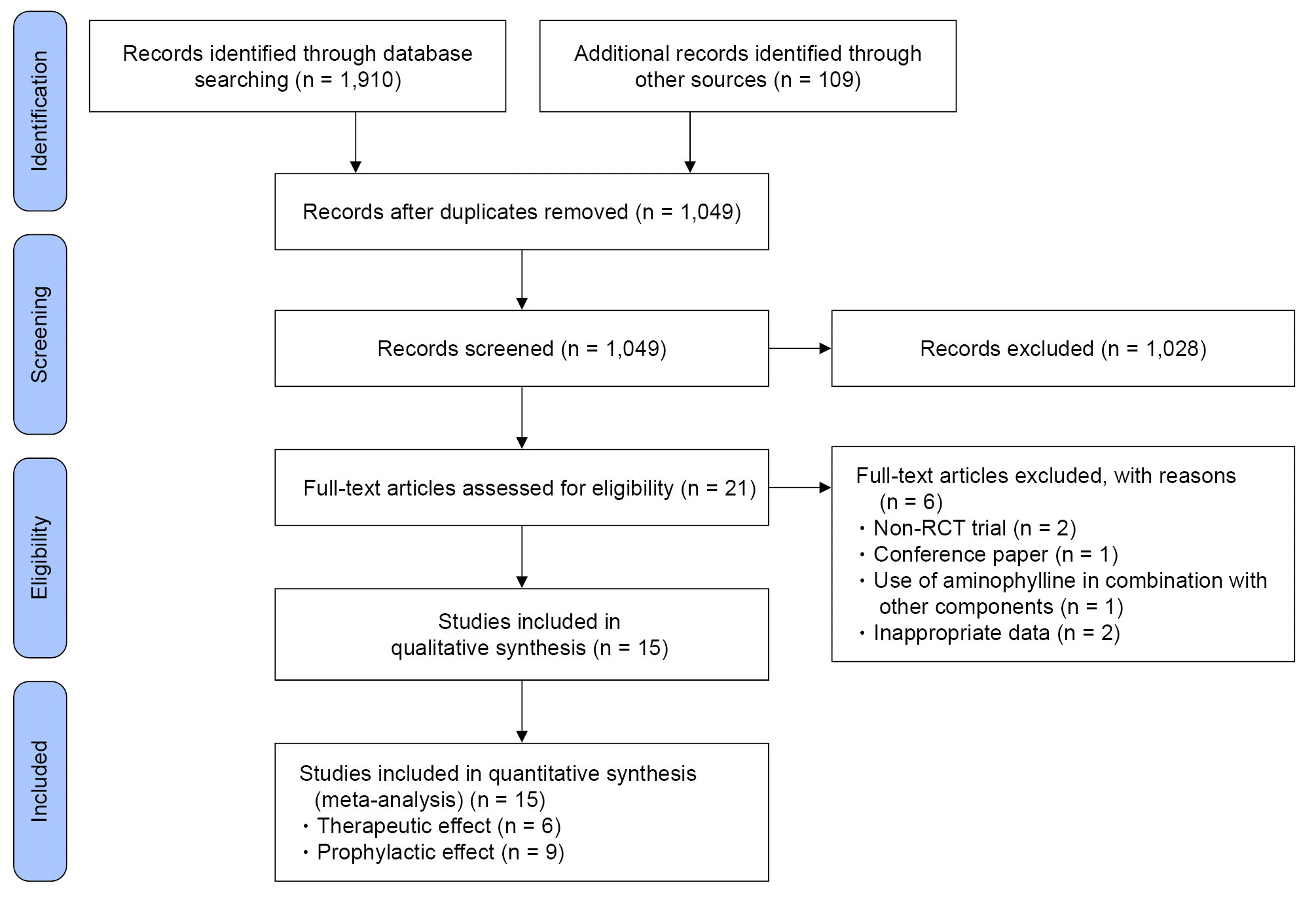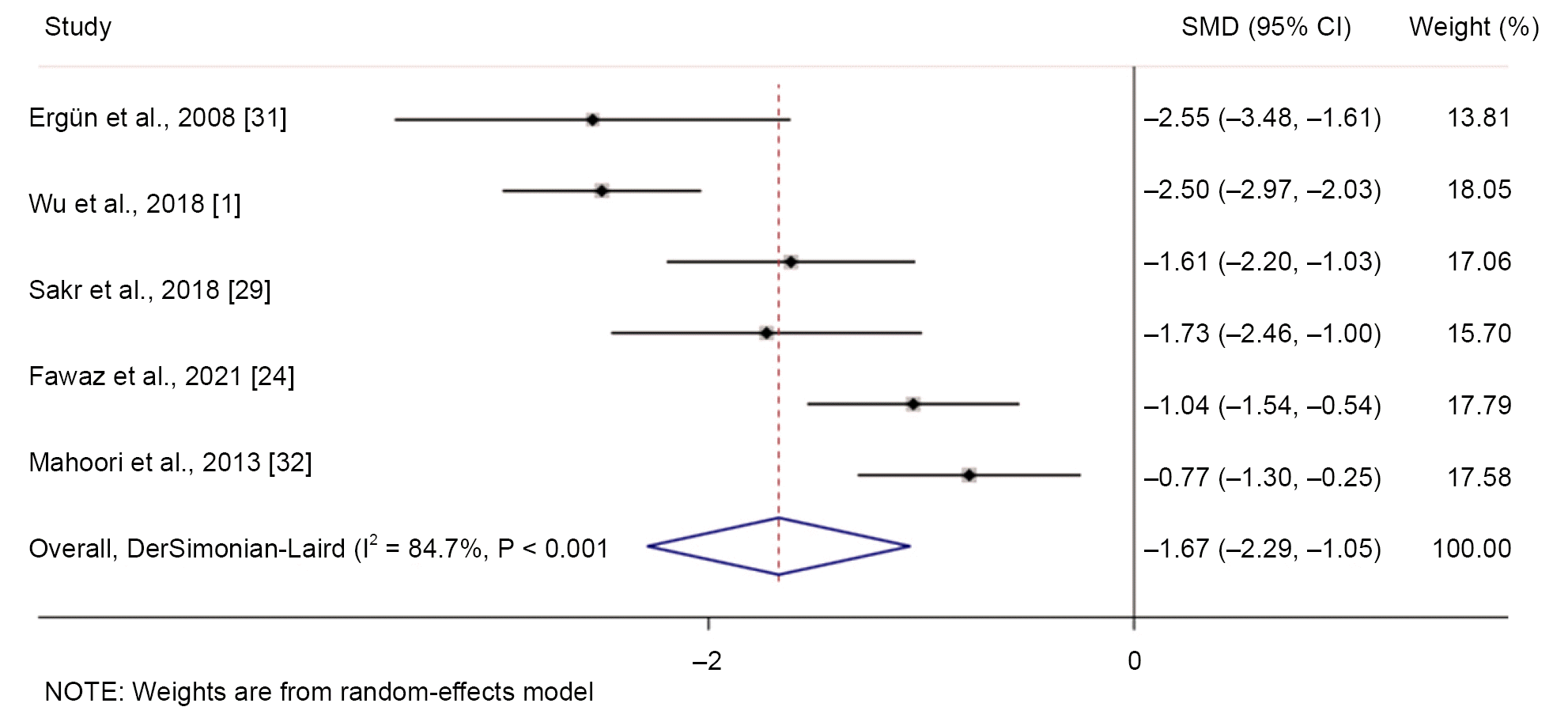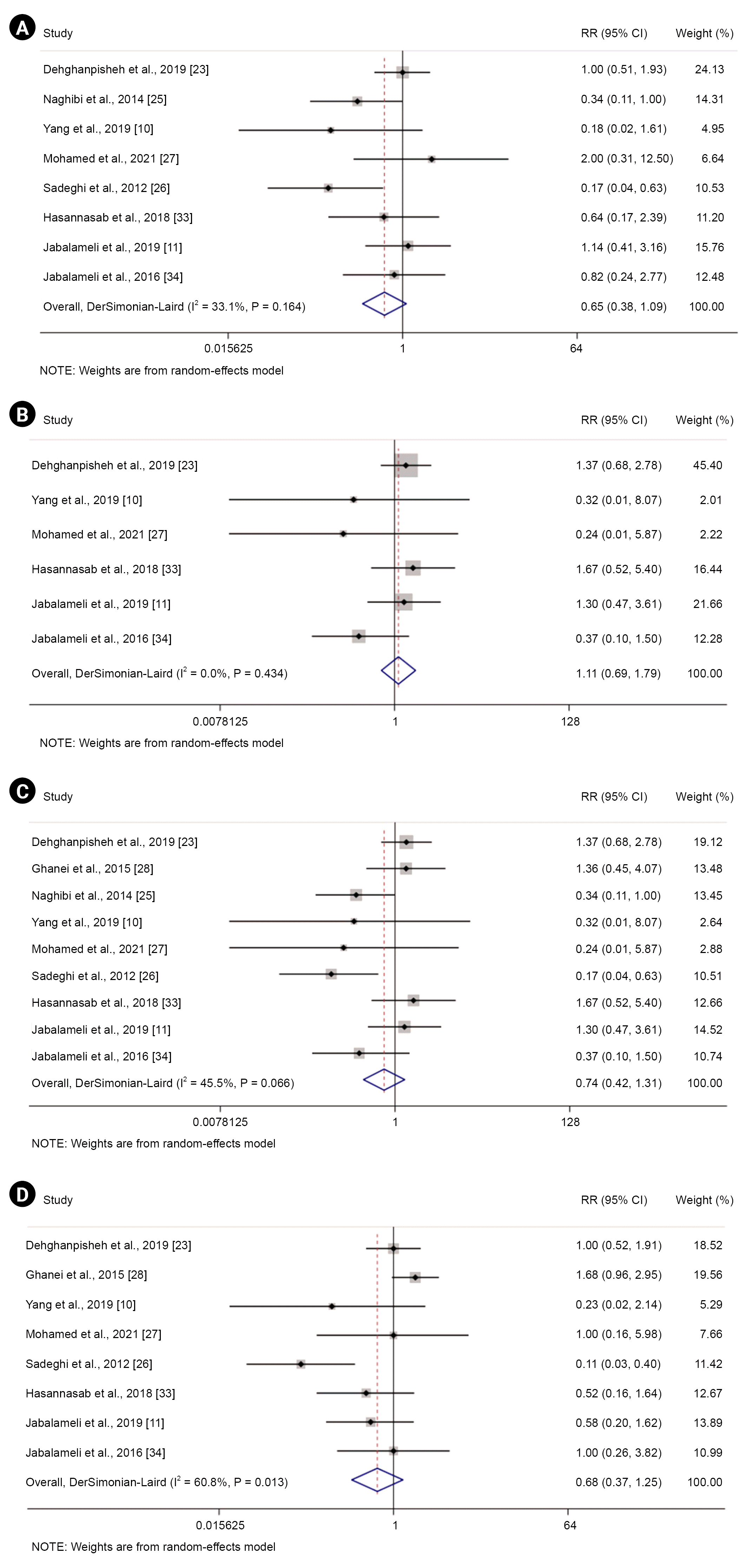1. Wu C, Guan D, Ren M, Ma Z, Wan C, Cui Y, et al. Aminophylline for treatment of postdural puncture headache: a randomized clinical trial. Neurology. 2018; 90:e1523–9.
2. Sievänen H, Kari J, Halonen S, Elomaa T, Tammela O, Soukka H, et al. Real-time detection of cerebrospinal fluid with bioimpedance needle in paediatric lumbar puncture. Clin Physiol Funct Imaging. 2021; 41:303–9.

5. Frank RL. Lumbar puncture and post-dural puncture headaches: implications for the emergency physician. J Emerg Med. 2008; 35:149–57.

6. Zangouei A, Zahraei SAH, Sabertanha A, Nademi A, Golafshan Z, Zangoue M. Effect of low-dose intravenous ketamine on prevention of headache after spinal anesthesia in patients undergoing elective cesarean section: a double-blind clinical trial study. Anesth Pain Med. 2019; 9:e97249.

7. Arevalo-Rodriguez I, Ciapponi A, Roqué i Figuls M, Muñoz L, Bonfill Cosp X. Posture and fluids for preventing post-dural puncture headache. Cochrane Database Syst Rev. 2016; 3:CD009199.

8. Giaccari LG, Aurilio C, Coppolino F, Pace MC, Passavanti MB, Pota V, et al. Peripheral nerve blocks for postdural puncture headache: a new solution for an old problem? In vivo. 2021; 35:3019–29.

9. Basurto Ona X, Osorio D, Bonfill Cosp X. Drug therapy for treating post-dural puncture headache. Cochrane Database Syst Rev. 2015; 2015:CD007887.

10. Yang CJ, Chen T, Ni X, Yu WY, Wang W. Effect of pre-administration with aminophylline on the occurrence of post-dural puncture headache in women undergoing caesarean section by combined spinal-epidural anaesthesia. J Int Med Res. 2019; 47:420–6.

11. Jabalameli M, Hashemi ST, Asadpoor S. The efficacy of prophylactic intravenous aminophylline, paracetamol or aminophylline and paracetamol in prevention of post spinal headache in lower extremity surgeries compared to the control group. Tehran Univ Med J. 2019; 77:294–300.
12. Hung KC, Ho CN, Chen IW, Hung IY, Lin MC, Lin CM, et al. The impact of aminophylline on incidence and severity of post-dural puncture headache: a meta-analysis of randomised controlled trials. Anaesth Crit Care Pain Med. 2021; 40:100920.

13. Safarpour AR, Mehrabi M, Tarkesh F, Ashrafizadeh H, Keshtkar A, Askari H, et al. Aminophylline for prevention and/or treatment of post-dural puncture headache: a systematic review and meta-analysis study protocol. Anesth Pain Med. 2021; 11:e119674.

14. Higgins JPT, Green S. Cochrane handbook for systematic reviews of interventions. Chichester (UK), John Wiley & Sons;2008.
15. Hozo SP, Djulbegovic B, Hozo I. Estimating the mean and variance from the median, range, and the size of a sample. BMC Med Res Methodol. 2005; 5:13.

16. Safarpour AR, Mehrabi M, Keshtkar A, Edjtehadi F, Bagheri Lankarani K. Systematic review and meta-analysis of the incidence and prevalence and 30-year trend of inflammatory bowel diseases in Asia: a study protocol. BMJ Open. 2019; 9:e031854.

17. Schünemann HJ, Cuello C, Akl EA, Mustafa RA, Meerpohl JJ, Thayer K, et al. GRADE Working Group. GRADE guidelines: 18. How ROBINS-I and other tools to assess risk of bias in nonrandomized studies should be used to rate the certainty of a body of evidence. J Clin Epidemiol. 2019; 111:105–14.
18. Ergün U, Ünal-Artık HA, İnan LE, Yoldaş T. Intravenous theophylline rapidly decreases post-lumbar puncture headaches. Acta Neurol Belg. 2016; 116:337–9.

19. Wu C, Lian Y, Guan D, Wang L, Miao Y, Xie N, et al. A multicenter clinical study on treating post-dural puncture headache with an intravenous injection of aminophylline. Pain Physician. 2016; 19:E761–5.
20. Banach M, Zajac K, Krawczyk P, Fraczek B. Effect of caffeine, magnesium and aminophylline in prevention of post dural puncture headache in obstetrics patients. Is there any sense in pharmacological prophylaxis?: 11AP2-2. Eur J Anaesthesiol. 2008; 25:162.
21. Moran M. In the clinic-headache: IV aminophylline is effective for post-dural puncture headache, study finds. Neurol Today. 2018; 18:46–7.
22. Najafi Anaraki A, Mirzaei K. Comparing the prophylactic effect of pregabalin with that of aminophylline plus dexamethasone on postdural puncture headache after spinal anesthesia in cesarean section: a double-blind controlled randomized clinical trial. Iran South Med J. 2019; 22:307–16.

23. Dehghanpisheh L, Bayani S, Azemati S, Rakhshan M. The effect of intravenous administration of ondansetron compared to aminophylline on incidence and severity of post-dural puncture headache (PDPH) in cesarean section surgeries. Biomed Res. 2019; 30:1–6.
24. Fawaz AA, El-Gendy HA, Saleh AN, Fath-Allah ME. Aminophylline versus acetaminophen in the treatment of post-dural puncture headache. Ain Shams Med J. 2021; 72:49–58.

25. Naghibi K, Hamidi M. Prophylactic administration of aminophylline plus dexamethasone reduces post-dural puncture headache better than using either drug alone in patients undergoing lower extremity surgery. Adv Biomed Res. 2014; 3:5.

26. Sadeghi SE, Abdollahifard G, Nasabi NA, Mehrabi M, Safarpour AR. Effectiveness of Single dose intravenous aminophylline administration on prevention of post dural puncture headache in patients who received spinal anesthesia for elective cesarean section. World J Med Sci. 2012; 7:13–6.
27. Mohamed AG, Refky MA, Sayouh EF, Abdelnaby SM. The effect of intravenous infusion of propofol or aminophylline on incidence and severity of post-dural puncture headache in elective cesarean section. Egypt J Hosp Med. 2021; 84:2646–54.

28. Ghanei M, Sahraei R, Zabetian H, Radmehr M, Jahromi AS, Ghobadifar MA, et al. Intravenous aminophyline prevents post dural puncture headache in women undergoing cesarean section: a randomized placebo-controlled trial. Rev Kasmera. 2015; 43:305–19.
29. Sakr SE, El-Hawary SI, El-Baradey GF, Mogahed MM. Oral ergotamine versus theophylline as a trial in treatment of low tension post spinal headache. Med J Cairo Univ. 2018; 86:2697–702.

30. Sen J, Sen B. Non invasive management of post dural puncture headache - a comparison. Bangladesh J Med Sci. 2014; 13:114–8.

31. Ergün U, Say B, Ozer G, Tunc T, Sen M, Tüfekcioglu S, et al. Intravenous theophylline decreases post-dural puncture headaches. J Clin Neurosci. 2008; 15:1102–4.

32. Mahoori A, Hassani E, Noroozinia H, Javaheri N, Hatami S. Theophylline versus acetaminophen in the treatment of post-dural puncture headache (PDPH). Middle East J Anaesthesiol. 2013; 22:289–92.
33. Hasannasab B, Banihashem N, Seyfi S, Yazdanmehr M. The effect of aminophylline on prevention of post-spinal anesthesia headache in patients undergoing elective cesarean section: a randomized clinical trial. Tehran Univ Med J. 2018; 76:396–402.
34. Jabalameli M, Sadat SM. The efficacy of prophylactic intravenous aminophylline, paracetamol or aminophylline and paracetamol in prevention of headache strikes due to spinal anesthesia in cesarean sections compared to the control group. J Isfahan Med Sch. 2016; 34:1144–50.
35. Abate SM, Ahmed S, Anbese GM, Basu B. Efficacy and safety of prophylactic intrathecal normal saline for prevention of post dural puncture headache among women undergoing cesarean section under spinal anesthesia: a randomized controlled trial. Int J Surg Open. 2021; 35:100396.

36. Hadianfard MJ, Aminlari A, Daneshian A, Safarpour AR. Effect of acupuncture on pain and quality of life in patients with lumbar spinal stenosis: a case series study. J Acupunct Meridian Stud. 2016; 9:178–82.

37. Katz D, Beilin Y. Review of the alternatives to epidural blood patch for treatment of postdural puncture headache in the parturient. Anesth Analg. 2017; 124:1219–28.

38. Magharei M, Jaafari S, Mansouri P, Safarpour A, Taghavi SA. Effects of self-management education on self-efficacy and quality of life in patients with ulcerative colitis: a randomized controlled clinical trial. Int J Community Based Nurs Midwifery. 2019; 7:32–42.




 PDF
PDF Citation
Citation Print
Print






 XML Download
XML Download